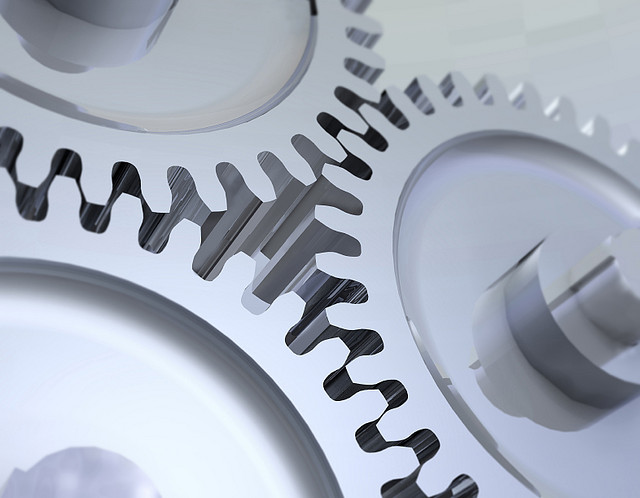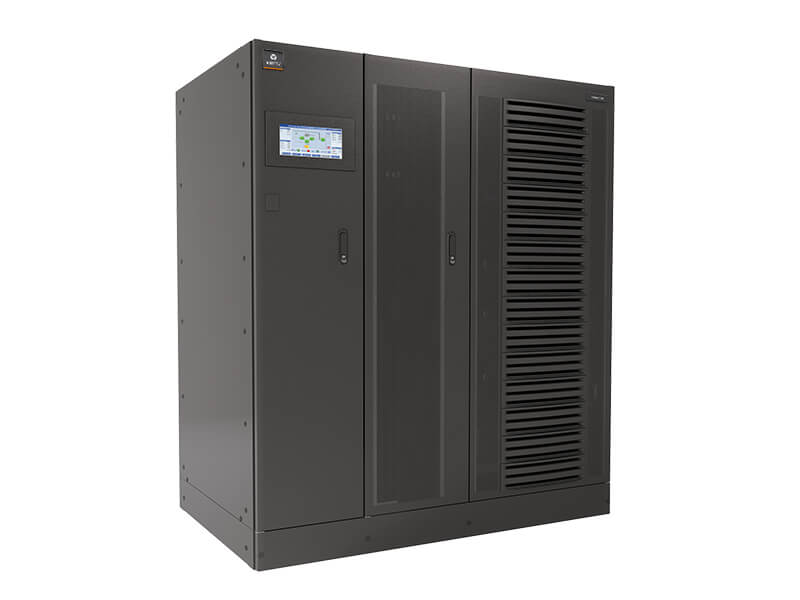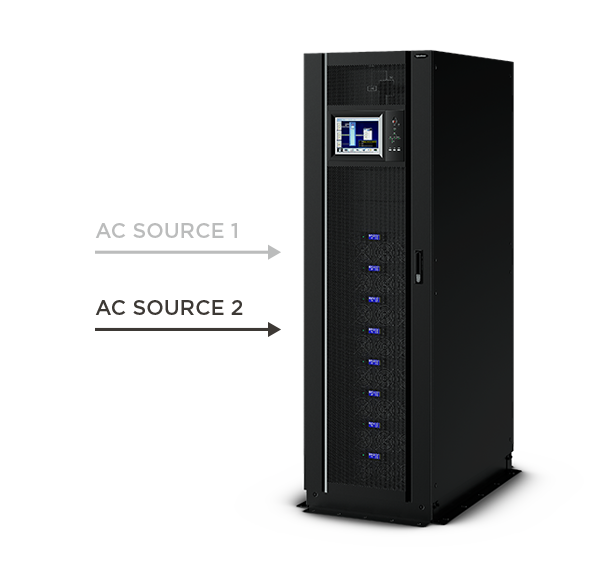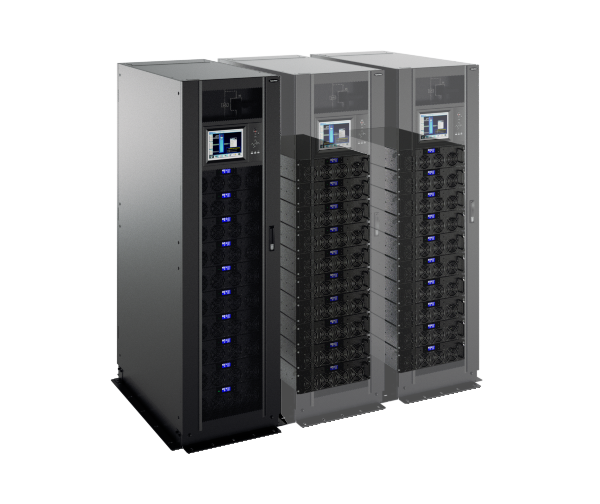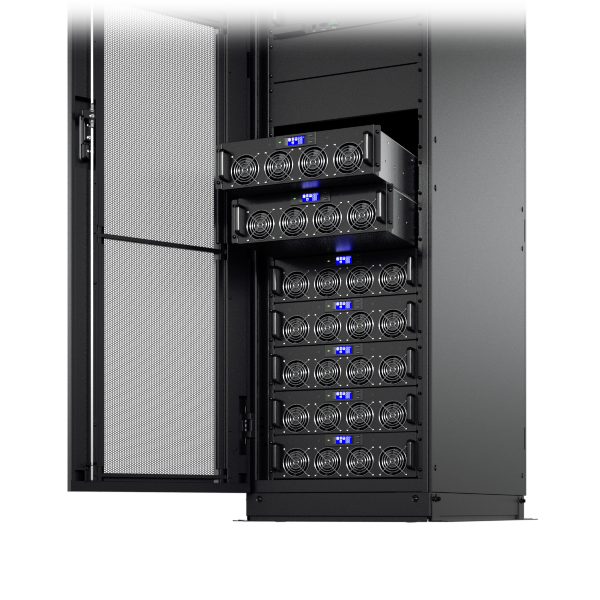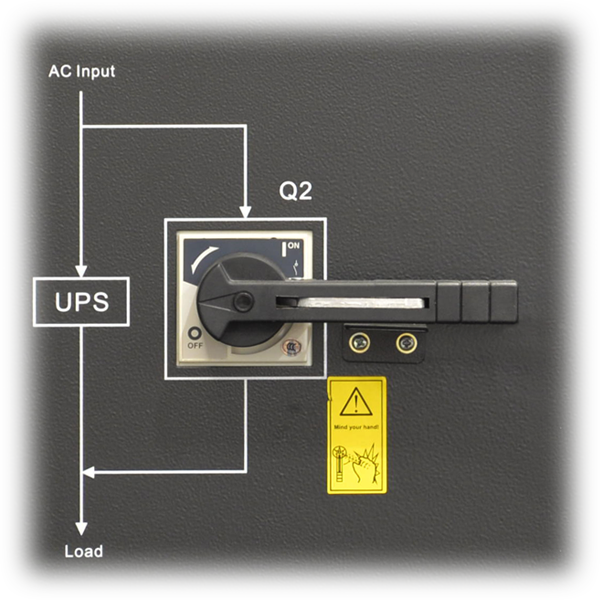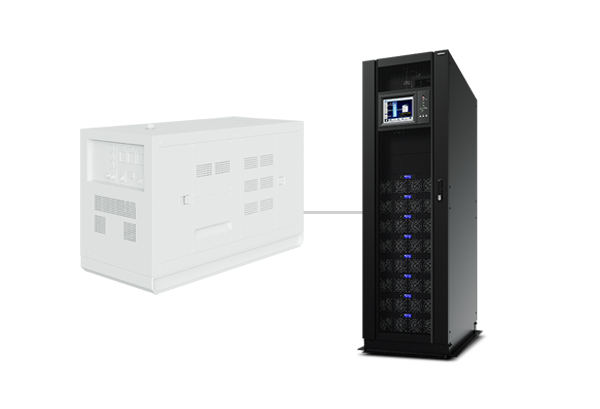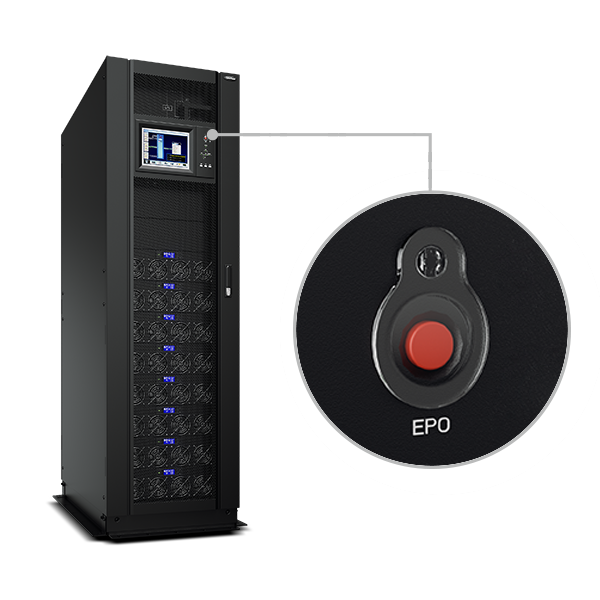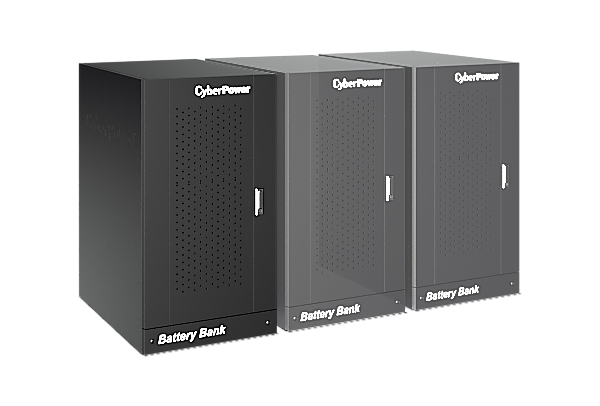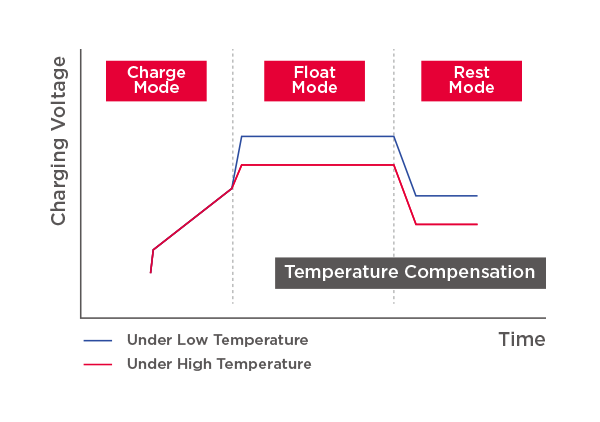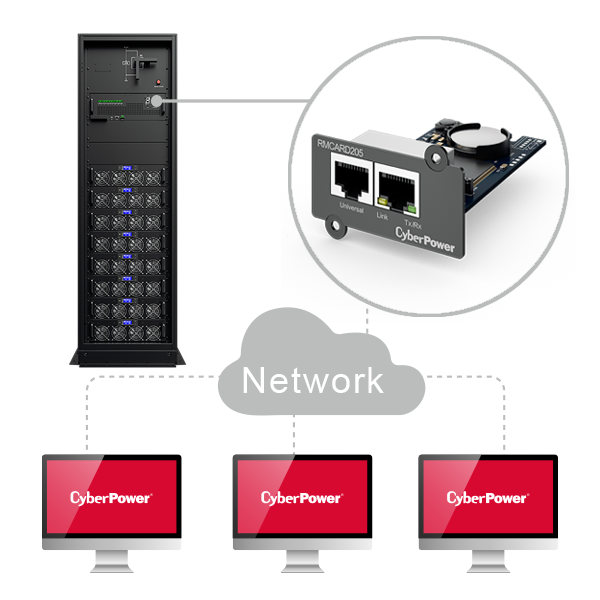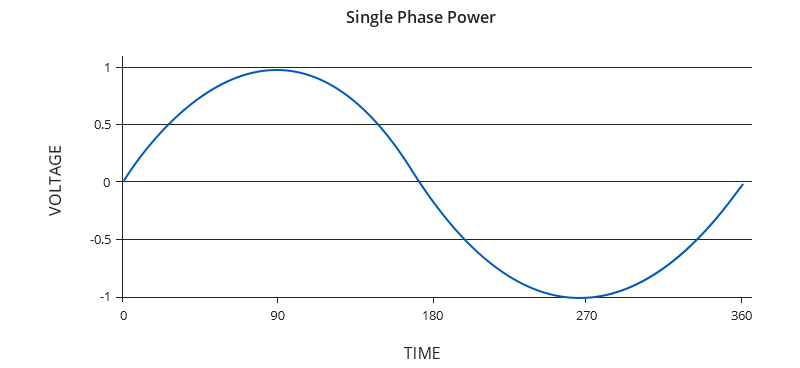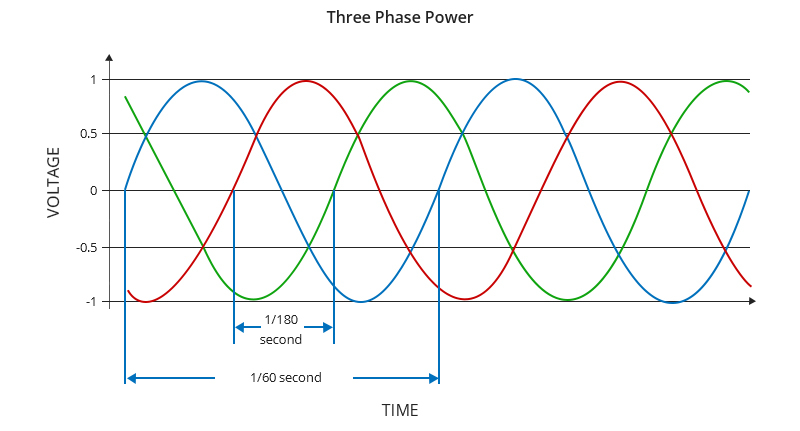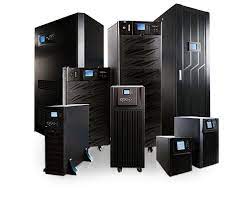
Uninteruptible Power Supply System
An uninterruptible power supply or uninterruptible power source (UPS) is an electrical apparatus that provides emergency power to a load when the input power source or mains powerfails.
A UPS is typically used to protect hardware such as computers, data centers, telecommunicationequipment or other electrical equipment where an unexpected power disruption could cause injuries, fatalities, serious business disruption or data loss. UPS units range in size from units designed to protect a single computer without a video monitor (around 200 volt-ampere rating) to large units powering entire data centers or buildings.
